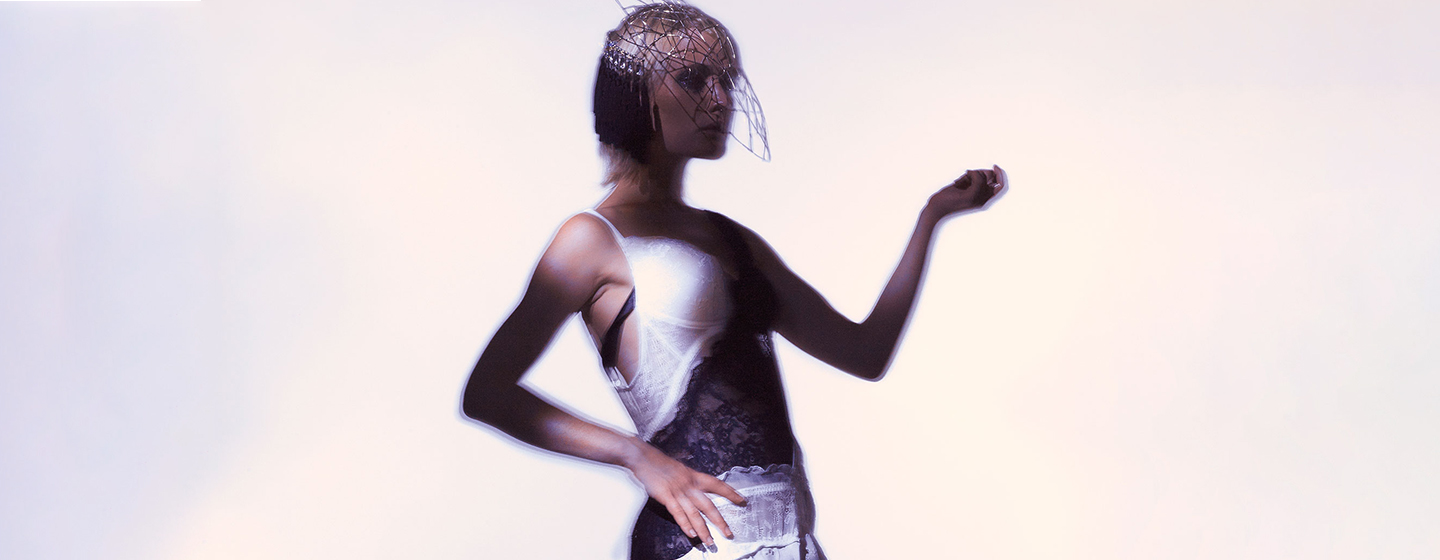
Lee Miller: the first female photographer in fashion
Lee Miller: the first female photographer in fashion
Lee Miller Pennrose, an individual admired as much for her free spirit, creativity, and intelligence as for her classical beauty, was born in Poughkeepsie, New York, in 1907, and became one of the great beauties of her time. Her subversive career took her from modelling for Vogue magazine to being a photographer in war-torn Germany. Miller’s childhood was a complicated one by many accounts. She was raped by a family acquaintance during a trip and contracted gonorrhoea, for which she endured years of painful and invasive treatment. Perhaps these experiences made her a surrealist before she ever went to Paris.
The model
In 1927, Miller, began her modelling career on the cover of American Vogue, and was photographed by the greatest talents of the day. Perhaps because of her training in theatre arts, she excelled in enacting the narratives of fashion photography. In 1929, she sought out Man Ray in Paris, and became his pupil, lover, and muse. She also starred in Jean Cocteau’s landmark film “The Blood of a Poet” in 1930.
Not only was Lee Miller the muse of Man Ray, but also his apprentice and soon his collaborator. She learned from the great modern photographer, mastering lighting, printing, and they discovered the process of solarization (a way of reversing highlights into blacks) together.
Miller fell in with a circle of modernists that included Pablo Picasso, Jean Cocteau, and Salvador Dalí, and while the group did welcome the idea of sexual liberation and female collaborators, their work also contained misogynistic overtones. Man Ray was not exempt from these attitudes, and also wanted to control her. The relationship ended after three years.
The Photographer
After spending a few years in Egypt with her second husband, Aziz Eloui Bey, and enjoying a sense of escapism, she moved back to Paris in 1938, which was beginning to weather the destructive effects of World War II. In London, she met the editor of Vogue, Audrey Withers, whom she told of her desire to become a photojournalist. The two women established a connection, and the magazine published several photo essays by Miller, including “Night Life Now”, in 1943. Miller’s images helped transform the luxury-oriented fashion magazine into an outlet for serious news.
Miller became accredited as a photographer with the American army through Condé Nast Publications in 1942, and partnered with Scherman (an established war photographer) for her next adventure. She was present for many important events during the war, which she documented, becoming one of only a few U.S. army women photographers at the time to see combat.
Her images of war’s most gruesome forms of violence are among her most memorable from the era, and they acted as cold, hard evidence for the disbelieving American and British audiences, who saw many of the written accounts of the war as propaganda. To the public, the American edition of Vogue from June 1945 printed Miller’s death camp photos, along with a direct message: “Believe It.”
Lee Miller shot many more hard hitting images in which her surrealist education and the glamour of Vogue fashion portraits merged. Her husband, Roland Penrose, wrote about her that her “surrealist eye was always present. Unexpectedly, among the reportage, the mud, the bullets, we find photographs where the unreality of war assumes an almost lyrical beauty.”
Toward the end of her life, Miller moved to the English countryside with Roland Penrose where she “just wanted to forget”. According to her family and the archive’s directors, those in her circle wanted to promote her work, but she refused. Her final photo essay for Vogue in 1953 was also her funniest. Entitled ‘Working Guests’, it was about turning the tables on the distinguished guests who arrived at the Miller/Penrose house to be set household tasks! She captured Alfred H. Barr Jr, founding director of The Museum of Modern Art, feeding swill to the pigs, and New Yorker cartoonist Saul Steinberg wrestling with a garden hose!
A true pioneer
Miller was a pioneer who transformed the male-dominated disciplines of surrealism and war photography. She bathed in Hitler’s bathtub and posed for Picasso, and shook the world with her taboo busting compositions.
She lived in an era that often defined the careers of women as secondary to those of their male colleagues, and defined her own legacy with a fiercely independent attitude and a stiff defiance against the patriarchy. Lee Miller is undoubtedly one of Art History’s most legendary women.
How to build a fashion photography career
Whether your style reflects the surrealist and irreverent photographic style of Lee Miller, who made a lasting impact on the world of fashion photography, or you consider yourself more of a Mario Testino, or anything in between, if you would like to build a career in fashion photography you will need a solid education from a renowned institute that can prepare you for the competitive world of photography.
Learn to conceptualise, style, shoot develop and communicate your own ideas at Istituto Marangoni, on our 9-month course that will help you become a visual image expert. The full course details are available below:
- Master in Fashion Styling, Creative Direction & Digital Content https://www.istitutomarangoni.com/en/fashion-courses/fashion-styling/fashion-styling-creative-direction-digital-content
For information and advice about this and any other course on offer, please feel free to get in touch and one of our experts will be happy to guide you.
Master in Fashion Styling, Creative Direction & Digital Content